“The untapped potential of the sun is well known – all the energy humanity uses in a year is equal to the energy that reaches the earth from the sun in a single hour. The sun never sets – every hour, half the planet is bathed in sunshine. By trading energy from sun, wind and water across borders, we can deliver more than enough clean energy to meet the needs of everyone on earth. This trading is already beginning to happen through discrete bilateral and regional arrangements. But to meet the sheer scale of the challenge, these efforts need to be brought together and supplemented to create a more inter-connected global grid. We call this vision: One Sun One World One Grid.
We need new transmission lines crossing frontiers and connecting different time zones, creating a global ecosystem of interconnected renewables that are shared for mutual benefit and global sustainability. This must be combined with expanded and modernised national and regional grids and complemented with the rapid scale-up of mini-grids and off-grid solar solutions.
To help deliver the vision of One Sun One World One Grid, we have resolved to combine our efforts and create a more inter-connected global grid. Our next step is to develop an action agenda for global cooperation on this agenda. Through working groups of interested governments, regulators, financiers, institutions, companies, legislators and researchers, we will seek to provide a common global framework for efforts on:
- Investing in solar, wind, storage and other renewable energy generation in locations endowed with renewable resources for supporting a global grid.
- Building long-distance cross-border transmission lines to connect renewable energy generators and demand centres across continents, underpinned by effective and mutually beneficial cross-border power trading arrangements.
- Developing and deploying cutting edge techniques and technologies to modernise power systems and support green grids which can integrate billions of rooftop solar panels, wind turbines and storage systems.
- Supporting the global transition to zero emission vehicles through incorporating the role of electric vehicles to help improve grid flexibility.
- Attracting investment into solar mini-grids and off-grid systems to help vulnerable communities gain access to clean, affordable, and reliable energy without grid-access in their own areas, enhancing socio-economic development and a resilient power supply for all.
- Developing innovative financial instruments, market structures, and facilitate financial and technical assistance to attract low-cost capital, including climate finance, for global solar grid infrastructure.
Through these and other efforts, we intend to cooperate internationally to share ideas and learn from each other’s successes and expertise. In this common endeavour, we can ensure that the sun becomes a secure and reliable source of energy for all, especially for the world’s underprivileged citizens.
Realizing One Sun One World One Grid through interconnected green grids can be transformational, enabling all of us to meet the targets of the Paris Agreement to prevent dangerous climate change, to accelerate the clean energy transition, and to achieve the Sustainable Development Goals. These efforts can stimulate green investments and create millions of good jobs. By sharing the sun’s energy, we can help to build a more peaceful and prosperous world.
Members of the Green Grids Initiative – One Sun One World One Grid Steering Committee:
Australia
France
India
United States of America
United Kingdom
Endorsed by:
Albania
Algeria
Argentina Republic
Azerbaijan
Bangladesh
Barbados
Belize
Belgium
Benin
Botswana
Burkina Faso
Burundi
Cambodia
Cameroon
Chad
Comoros
Cote d’Ivoire
Cuba
Democratic Republic of Congo
Denmark
Djibouti
Dominica
Egypt
El Salvador Equatorial Guinea
Ethiopia
Fiji
Gabonese Republic
Gambia
Germany
Ghana
Grenada
Guinea
Guyana
Haiti
Italy
Jamaica
Kiribati
Madagascar
Malawi
Maldives
Mali
Marshall Islands
Mauritius
Mozambique
Myanmar
Namibia
Nauru
Nepal
Netherlands Nicaragua
Niger
Nigeria
Oman
Papua New Guinea
Peru
Rwanda
Saint Vincent and the Grenadines
Samoa
Sao Tome and Principe
Saudi Arabia
Senegal
Seychelles
Somalia
South Sudan
Sri Lanka
St. Lucia
Sudan
Suriname
Sweden
Tanzania
Togolese Republic
Tonga
Trinidad and Tobago
Tuvalu
Uganda
Ukraine
United Arab Emirates
Vanuatu
Venezuela
Zambia
Zimbabwe



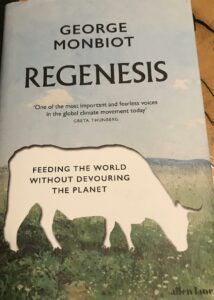 Monbiot’s masterpiece brings hope that we certainly can find a way to re-wild a third of the planet and still produce enough food for humanity’s growing population.
Monbiot’s masterpiece brings hope that we certainly can find a way to re-wild a third of the planet and still produce enough food for humanity’s growing population.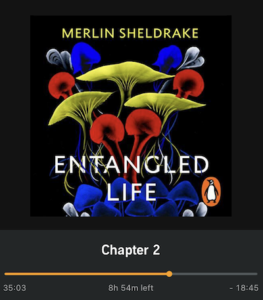 The audiobook I enjoyed the most in 2022 was Merlin Sheldrake’s “Entangled Life” How fungi make our worlds, change our minds, and shape our futures Published two years ago. (Audio version, Sept 2020)
The audiobook I enjoyed the most in 2022 was Merlin Sheldrake’s “Entangled Life” How fungi make our worlds, change our minds, and shape our futures Published two years ago. (Audio version, Sept 2020)
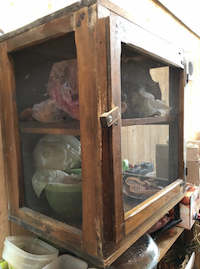 Electrical refrigeration is a relatively new invention. How could our ancestors possibly manage without it for hundreds of thousands of years? Quite well I imagine! In the olden days, vegetables were stored in natural cellars or, when the temperatures weren’t sub zero, they were stored outdoors in fine mesh cupboards to keep out rodents (like the one in the photos alongside, belonging to a friend and still in use today. No electricity bill required to operate it.)
Electrical refrigeration is a relatively new invention. How could our ancestors possibly manage without it for hundreds of thousands of years? Quite well I imagine! In the olden days, vegetables were stored in natural cellars or, when the temperatures weren’t sub zero, they were stored outdoors in fine mesh cupboards to keep out rodents (like the one in the photos alongside, belonging to a friend and still in use today. No electricity bill required to operate it.) 
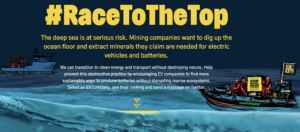
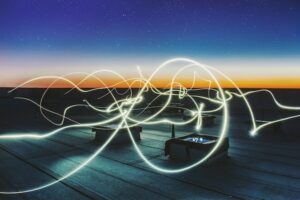
 A concept I’m pondering and hope to master in coming year is
A concept I’m pondering and hope to master in coming year is
 Moving from apathy to courage. Toward action, safeguarding the wellbeing of other species.
Moving from apathy to courage. Toward action, safeguarding the wellbeing of other species. 1. Sign these petitions and any others you can find.
1. Sign these petitions and any others you can find. Early 2019, while clearing all my clutter at my parents’ house, I had the same problem. Looking through numerous books, rediscovering old friends, some had been in boxes for over 30 years. Some I kept, most were given away, some may have been valuable, some may find their way to recycling works but I sincerely hope not. There must be a better solution.
Early 2019, while clearing all my clutter at my parents’ house, I had the same problem. Looking through numerous books, rediscovering old friends, some had been in boxes for over 30 years. Some I kept, most were given away, some may have been valuable, some may find their way to recycling works but I sincerely hope not. There must be a better solution.